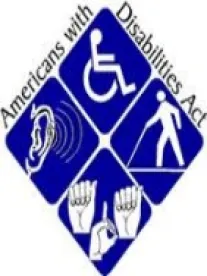As we have previously reported, on September 20, 2017, the U.S. Court of Appeals for the Seventh Circuit issued a significant ruling for employers in Severson v. Heartland Woodcraft, Inc., 872 F.3d 476 (7th Cir. 2017), when it held that an multi-month, non-FMLA leave of absence is not a reasonable accommodation under the Americans with Disabilities Act (“ADA”). Since that time, district courts in the Seventh Circuit have begun to interpret and clarify the landmark holding in Severson. On April 10, 2018, the U.S. District Court for the Northern District of Illinois denied the defendant’s motion to dismiss the plaintiff’s ADA claims in EEOC v. S&C Electric Co., Case No. 17-c-6753, squarely rejecting defendant’s argument that under Severson, an employee who seeks to return to work following a multi-month leave of absence is not protected by the ADA.
In S&C Electric, the plaintiff had been employed by the defendant for more than 52 years. After being diagnosed with cancer and subsequently fracturing a hip, which required the plaintiff to undergo surgery and physical therapy, he was placed on a 12-month, long-term disability leave which was scheduled to end on August 29, 2015. On August 15, 2015, the plaintiff contacted defendant seeking to return to work and provided a note from his doctor authorizing him to return to work with no restrictions. However, instead of allowing the plaintiff to return to work, defendant suggested that he retire. When the plaintiff refused to do so, his employment was terminated. The plaintiff then filed suit claiming that the termination of his employment violated the ADA.
The defendant moved to dismiss plaintiff’s complaint, arguing that under Severson, the plaintiff was not a qualified individual with a disability because he had been on a nearly year-long medical leave and an “inability to work for a multi-month period removes a person from the class protected by the ADA.” The court flatly and succinctly rejected defendant’s argument, simply calling it, “nonsense.” The court noted that unlike the plaintiff in Severson, the plaintiff in S&C Electric was “ready, willing and able to return to his position without any accommodation,” and was ultimately fired not because he could notwork, but rather, because he could. While the court left open the possibility that the defendant could have possibly terminated the plaintiff while he was on leave without violating the ADA, the defendant’s decision to terminate his employment when he requested to return to work was sufficient for the plaintiff to withstand a motion to dismiss for failure to state a claim, notwithstanding Severson.
The S&C Electric case serves as a reminder to employers about the limits of the Seversondecision. Even in a post-Severson world, the facts and circumstances of each situation should be evaluated independently.




 />i
/>i

